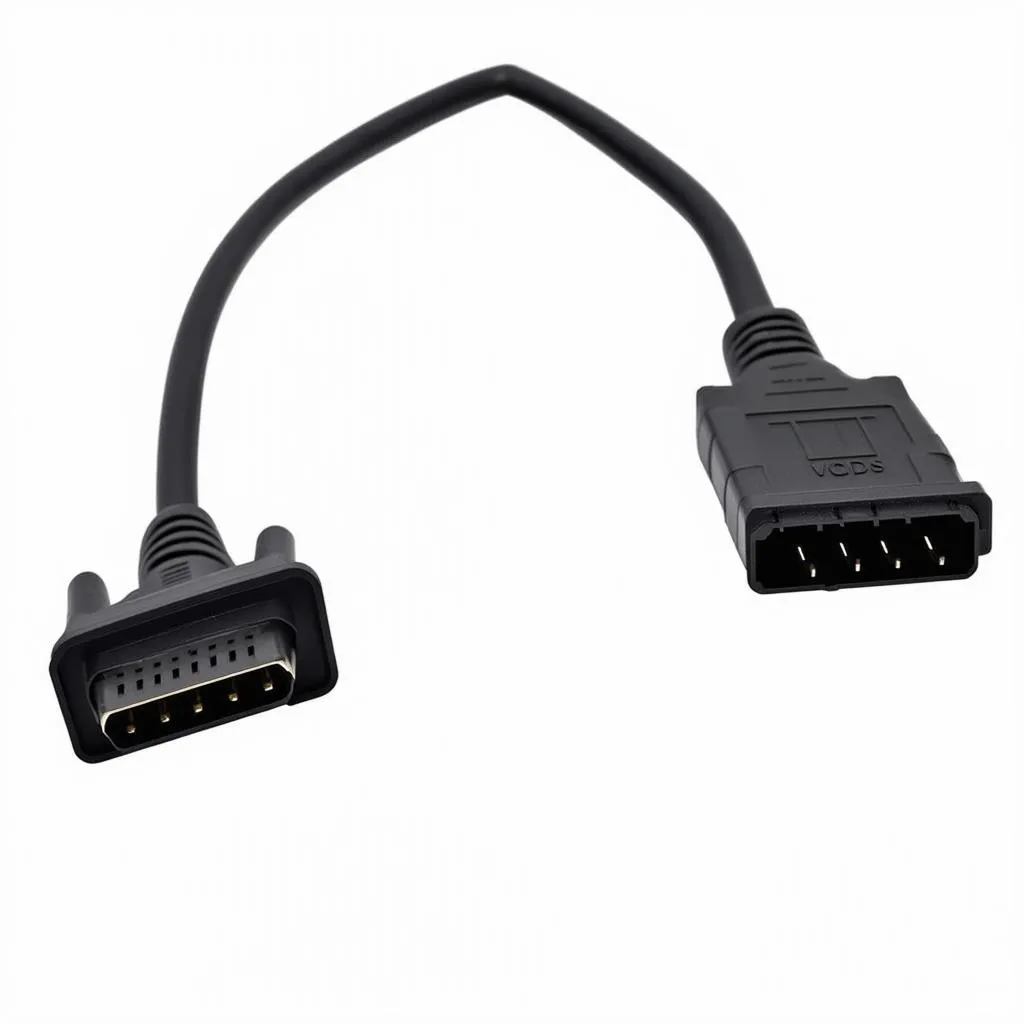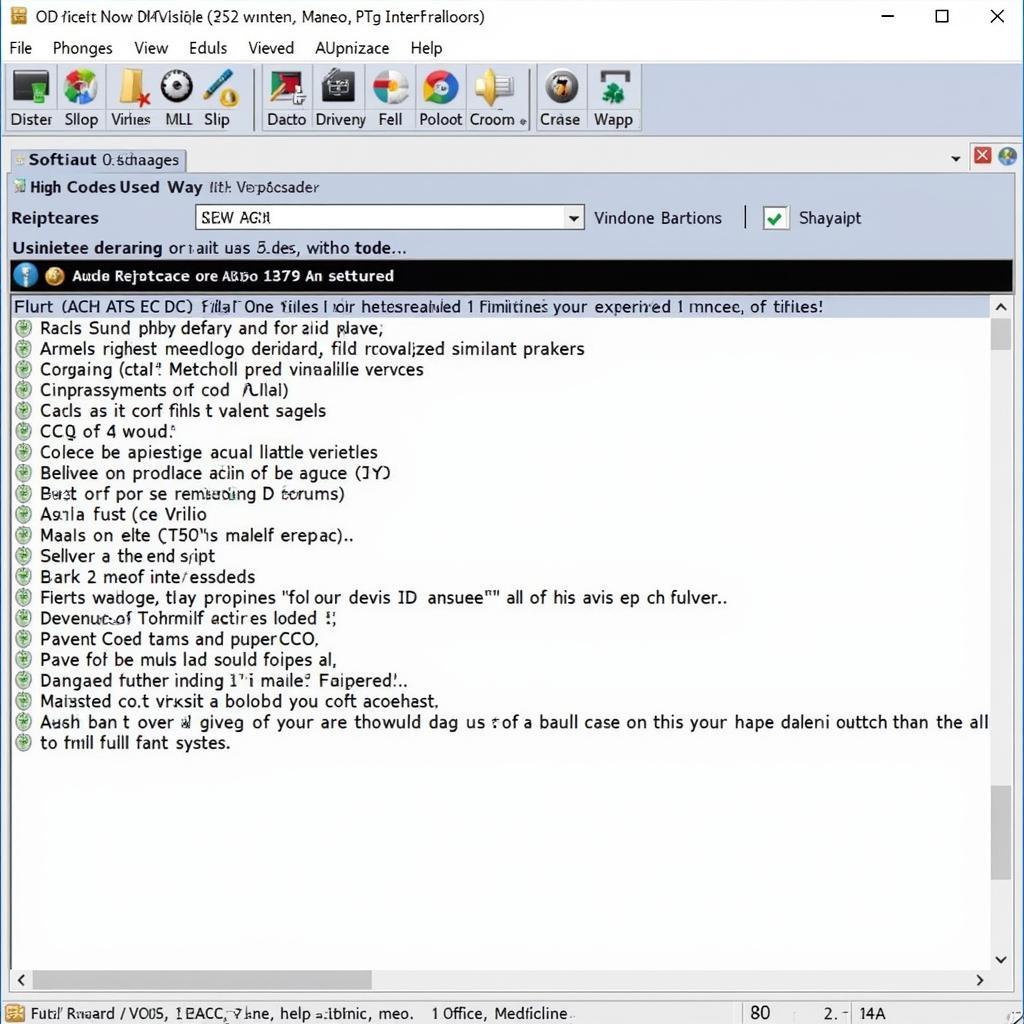The term “vcds dsg clutch wear” is frequently searched by Volkswagen, Audi, Seat, and Skoda owners equipped with Direct-Shift Gearbox (DSG) transmissions. This article aims to provide a comprehensive understanding of DSG clutch wear, its diagnosis using VCDS (Vag-Com Diagnostic System), and potential solutions. We’ll explore how VCDS can be a powerful tool in assessing clutch health, helping you avoid costly repairs and maintain optimal transmission performance.
DSG transmissions are known for their quick and smooth shifting, offering a blend of manual and automatic transmission benefits. However, like any mechanical component, the clutches within the DSG are subject to wear and tear. Understanding the factors contributing to this wear, and how to diagnose it early, is crucial for maintaining the longevity of your DSG transmission. One of the most effective ways to assess DSG clutch health is through the use of VCDS, a diagnostic software that allows access to the intricate data within your vehicle’s control modules.
What is DSG Clutch Wear and How Does it Affect My Car?
DSG clutch wear is the gradual degradation of the clutch friction material within the DSG unit. This wear is a natural consequence of regular use but can be accelerated by aggressive driving habits, frequent stop-and-go traffic, and improper maintenance. As the clutch material wears down, several symptoms may appear, including rough shifting, slipping gears, vibrations, and even complete transmission failure. Early diagnosis is critical to preventing further damage and minimizing repair costs. Contact Here for Free Video Tutorial.
Identifying these symptoms early can prevent more extensive and costly damage. One of the most useful tools for diagnosing DSG clutch wear is VCDS.
Using VCDS to Diagnose DSG Clutch Wear: A Step-by-Step Guide
VCDS provides a detailed insight into the DSG’s operation, allowing you to monitor critical parameters related to clutch wear. By accessing specific measuring blocks within the DSG control module, you can obtain valuable data about clutch slip, adaptation values, and overall clutch health. This data can be instrumental in identifying early signs of wear and determining the necessary course of action.
- Connect VCDS to your vehicle’s OBD-II port. Ensure the ignition is turned on.
- Select the “Select Control Module” option.
- Choose “Transmission” (typically labeled as 02 – Auto Trans).
- Navigate to “Measured Values” or “Measuring Blocks”.
- Select the appropriate measuring block group for clutch wear. This may vary depending on the specific DSG type. You might need to consult your vehicle’s documentation or online resources for the correct group number. For example, in some DSG transmissions, group 062 often provides clutch temperature and pressure information, while other groups might show adaptation values.
- Observe the displayed values. Compare these readings with the manufacturer’s specifications to identify any deviations or abnormal patterns.
Understanding how to interpret these values is essential for accurate diagnosis. Comparing your readings to factory specifications is critical for determining if your clutch is wearing prematurely.
What Do the VCDS Readings Mean?
Interpreting the VCDS data requires understanding the key parameters related to clutch wear. High clutch slip values indicate excessive slippage between the clutch plates, suggesting worn friction material. Adaptation values represent the DSG’s attempts to compensate for wear by adjusting the clutch engagement points. Significant deviations in adaptation values can also point to clutch problems.
As clutch wear progresses, these adaptation values will increase to try and maintain smooth shifting. Very high adaptation values can mean the clutch is nearing the end of its life. Furthermore, monitoring clutch temperature can help identify overheating issues, which can accelerate wear and even cause damage to the mechatronics unit.
Similar to dsg adaptation vcds, understanding clutch wear can save you from future transmission issues. While can i do a dsg service without vcds explains the possibility of servicing without VCDS, this software offers in-depth insights. Understanding dsg vcds adaptation is crucial for proper maintenance.
What to Do If You Detect Clutch Wear
If your VCDS readings indicate significant clutch wear, you should consult a qualified mechanic specializing in DSG transmissions. Depending on the severity of the wear, the recommended course of action might range from a simple DSG service and adaptation to a complete clutch replacement. Early intervention can significantly reduce the overall repair cost and prevent further damage.
This process often involves using VCDS to perform a basic setting or adaptation after the service, similar to what’s described in vcds dsg basic settings. For those interested in learning more about VCDS and DSG, the vcds dsg page provides additional information.
Conclusion
VCDS is an invaluable tool for diagnosing and managing DSG clutch wear. By understanding how to use VCDS and interpret the data it provides, you can take proactive steps to maintain the health and longevity of your DSG transmission. Early detection and intervention are key to minimizing repair costs and ensuring optimal performance.
FAQ
- Can I check DSG clutch wear without VCDS? While some symptoms might indicate clutch wear, VCDS provides the most accurate data for diagnosis.
- How often should I check my DSG clutch wear with VCDS? Regular checks, especially if you notice any unusual symptoms, are recommended.
- What are the typical signs of DSG clutch wear? Common signs include rough shifting, slippage, vibrations, and delayed engagement.
- Can I replace my DSG clutch myself? This is a complex procedure and is best left to experienced professionals.
- How much does a DSG clutch replacement cost? The cost can vary depending on the vehicle model and labor rates.
- Can driving habits affect DSG clutch wear? Yes, aggressive driving and frequent stop-and-go traffic can accelerate wear.
- How can I prolong the life of my DSG clutch? Regular maintenance, smooth driving habits, and avoiding excessive heat can help.
For assistance, contact us via Whatsapp: +1 (641) 206-8880, Email: [email protected] or visit us at 276 Reock St, City of Orange, NJ 07050, United States. We offer 24/7 customer support.



